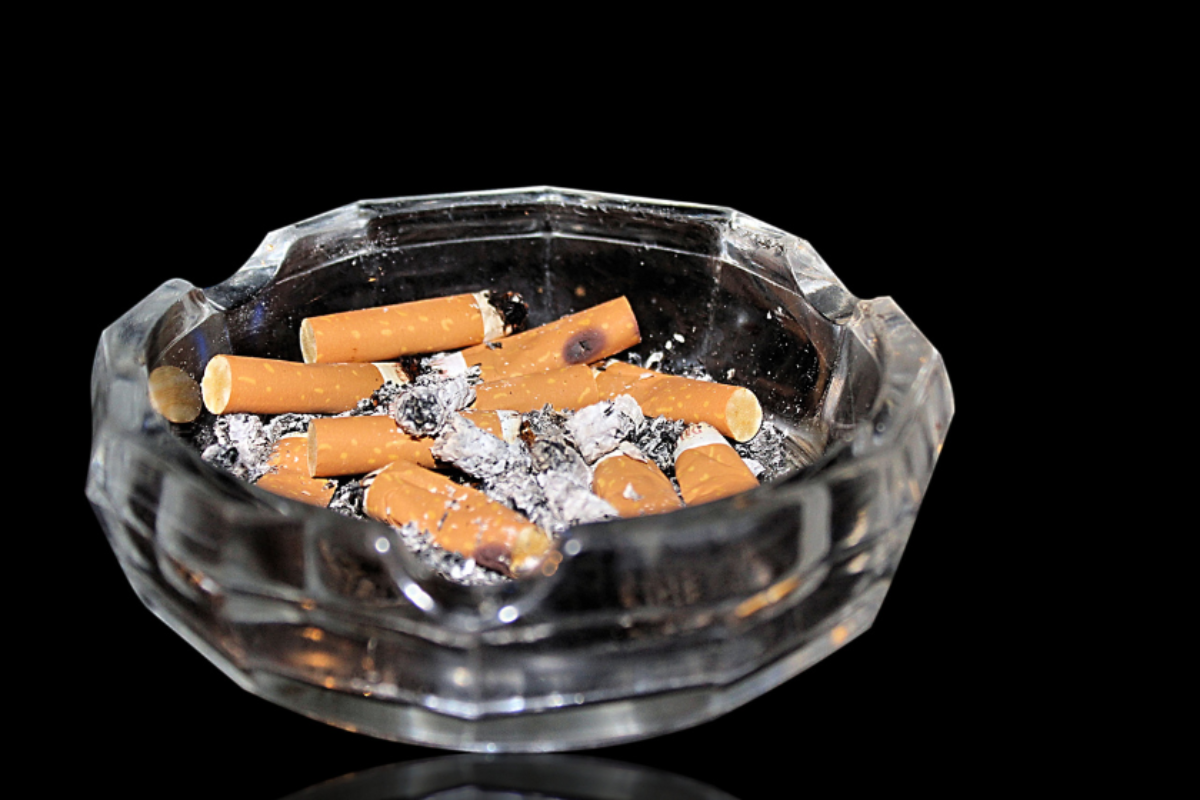I'm watching a black disc of wonder material hovering over a bubbling bath of liquid nitrogen.
"This is superconducting magnetic levitation," says magnet scientist Greg Brittles. "The closest you'll get to magic in the real world."
And magical it is.
The ceramic-like substance, called rare-earth barium copper oxide (REBCO), is suspended - half a centimetre-or-so - in mid-air above a strip of copper.
Poke it with a finger and it won't budge, give it a push and it will spin without wanting to stop.
REBCO is what's known as a superconductor. Materials that have near-zero electrical resistance. But most need to be cooled to insanely cold temperatures to take on their magical properties.
What's special about REBCO is it becomes superconducting at a balmy (in the world of superconductors) minus 200 Celcius (minus 328 Fahrenheit), around the temperature of liquid nitrogen. Making them far more useful.
The attraction for magnet scientists like Greg Brittles is the role for high-temperature superconductors (HTS) in making nuclear fusion a practical reality.
Nuclear fusion has long promised near-limitless, zero-carbon electricity from abundant, naturally occurring elements. But has, since the 1950s, remained out of reach.
The challenge is how to create, then harness nuclear fusion - the same process that powers stars like our Sun - down here on Earth.
That is where the magnets come in.
"HTS magnets allow us to go to stronger magnetic fields than have ever been possible before," he says. "And they allow us to do it in more compact devices."
Greg is a lead scientist at Tokamak Energy, an Oxfordshire-based company that has just been shortlisted by the UK government as part of a consortium bidding to build the Spherical Tokamak for Electricity Production (STEP).
STEP is the UK's bid to be the first in the world to build a practical demonstration of a fusion reactor supplying electricity to the national grid.
Doing fusion requires creating something called a plasma of heavy atoms like deuterium and tritium - isotopes of hydrogen.
But to get particles in the plasma to fuse and release the colossal amounts of energy that fusion releases, means getting it incredibly hot - around 10 times hotter than the Sun.
What's more, plasma has an electrical charge so if it touches any surface, it instantly cools and collapses.
Like holding jelly in a net
But if you line a hollow, doughnut-shaped vessel called a tokamak with very powerful magnets you can create a magnetic "bottle" with no physical walls that can contain, compress, and spin the plasma like a space-aged blender to force fusion to happen.
And the problem so far has been getting magnetic fields that are powerful and compact enough to do the job. Fusion scientists liken it to holding a jelly in a net - a jelly that's 100 million Celsius (212 million Fahrenheit).
Until now tokamak machines have had to be enormous, expensive machines because of the size of magnets required - and the cooling systems to chill them to superconducting temperatures as cold as the depths of space.
But with HTS magnets, scientists like Greg hope to make STEP smaller and cheaper to build, and therefore easier to rip apart and adjust as they tinker and fiddle their way to fusion.
A thin layer of REBCO, bonded to copper metal tape, wound hundreds of times around with 1,000 amps running through it should do the job.
Read more from Sky News:
TikTok banned in US from Sunday
SpaceX rocket lost after launch
Apple suspends AI news summaries
Greg shows me DEMO-4 a prototype spherical magnetic bottle they're about to test.
"This is, without doubt, the most advanced HTS magnet that's ever been built and it's going to tell us more than has ever been known about how to build these properly," he says.
They hope DEMO-4 will be a prototype for STEP - due to be built on the site of a disused power station in Nottinghamshire and aiming to generate power by 2040.
Intense competition over fusion
But competition to be the first in fusion is now intense. Before, just a few international collaborations in the UK, Europe and the US could muster the money and skills to experiment with fusion.
Now with technologies like high temperatures superconductors becoming available, start-up companies like Tokamak Energy are giving it a go.
Which begs the question whether the cash-strapped UK government can afford to be a serious player in this race.
It's just announced £410m for fusion research to help support programmes like STEP and associated fusion science and engineering centred at the UK Atomic Energy Authority in Oxfordshire.
It's a modest uplift on the £380m the previous government earmarked for fusion. Private investment is starting to move into fusion, but it's still a risky bet.
It will take political commitment and consistent government funding for quite a few years to come to ensure the UK keeps pace in the global race for fusion.

(c) Sky News 2025: The wonder material which could hold the key to near-limitless energy




 Donald Trump says TikTok will 'most likely' get 90-day pause from US ban
Donald Trump says TikTok will 'most likely' get 90-day pause from US ban
 Surprise fall in retail sales in December, ONS figures show
Surprise fall in retail sales in December, ONS figures show
 Qatar's PM says Israel-Hamas ceasefire deal is 'last chance for Gaza'
Qatar's PM says Israel-Hamas ceasefire deal is 'last chance for Gaza'
 Ellis Cox: Mother appeals to catch son's killer on birthday anniversary
Ellis Cox: Mother appeals to catch son's killer on birthday anniversary
 TikTok to be banned in the US from Sunday, Supreme Court rules
TikTok to be banned in the US from Sunday, Supreme Court rules
 Mercy Muroki: Woman who was sent sexual videos by Callum Parslow says police would have taken case more seriously if he was an Islamic extremist
Mercy Muroki: Woman who was sent sexual videos by Callum Parslow says police would have taken case more seriously if he was an Islamic extremist












